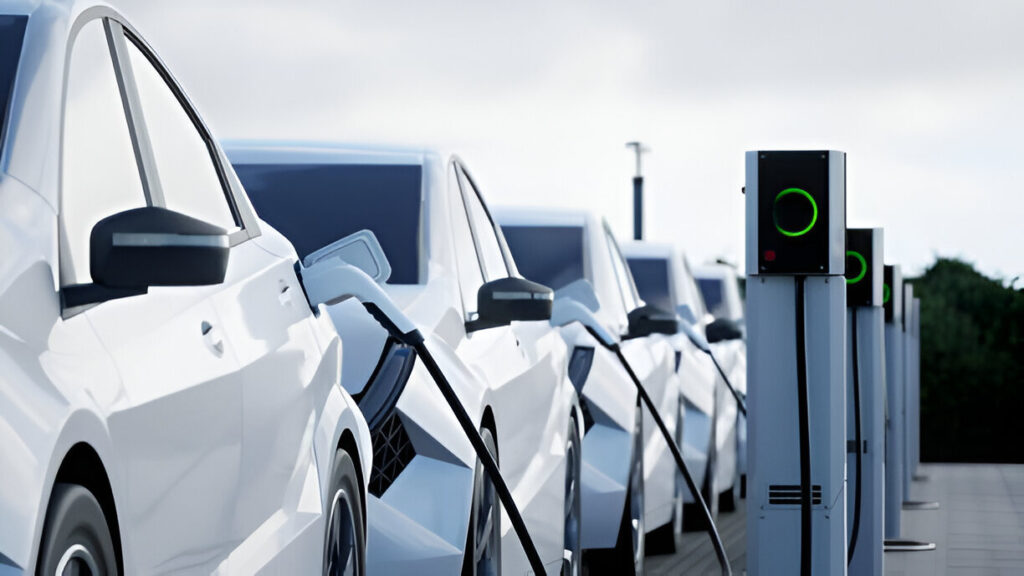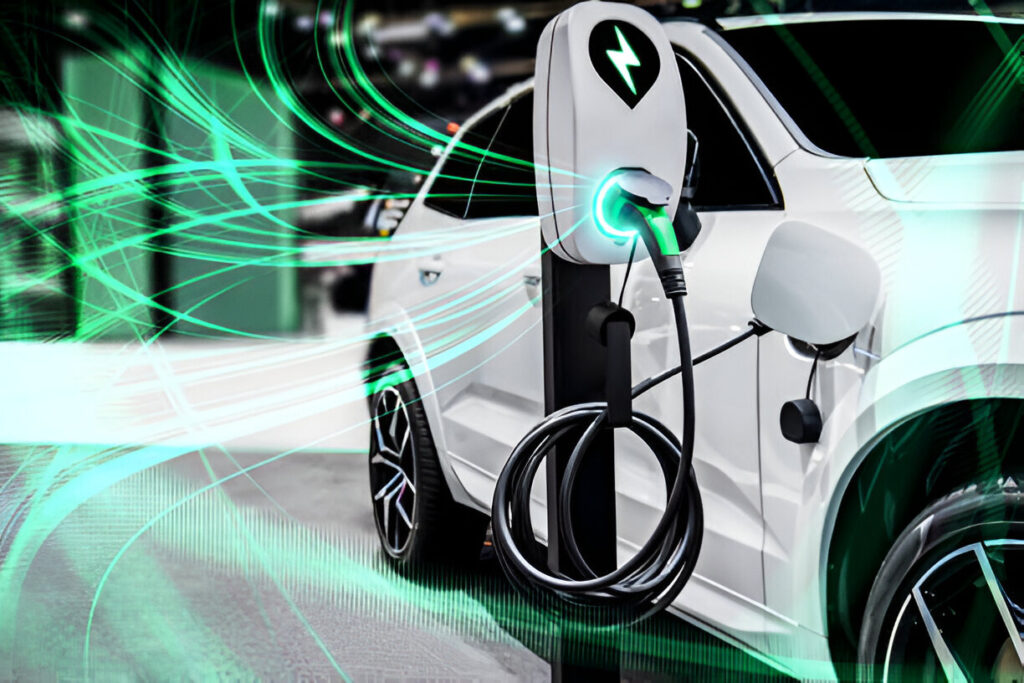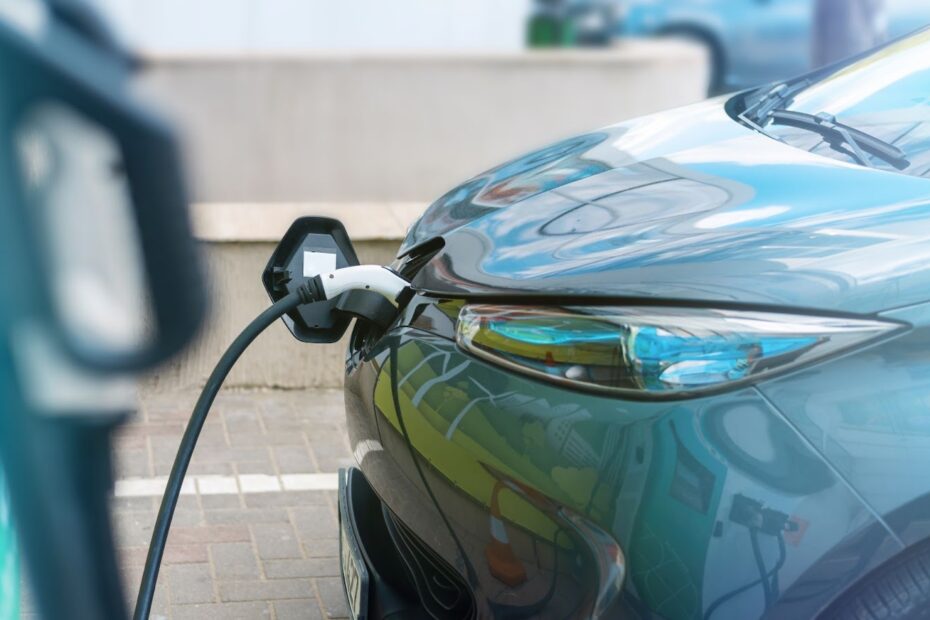The future of electric vehicles is arriving faster than many anticipated. In 2025, the EV landscape is undergoing a massive transformation—powered by advances in battery technology, faster charging capabilities, broader affordability, and global policy shifts aimed at accelerating adoption. For consumers, this year could be the tipping point that redefines the relationship between mobility and sustainability.
A More Powerful Charging Experience
One of the clearest advancements shaping the future of electric vehicles is ultra-fast charging. Gone are the days when charging took hours. In 2025, several manufacturers are delivering batteries that can charge to 80% in under 10 minutes. Chinese tech leader CATL and UK startup Nyobolt have showcased next-gen batteries that charge significantly faster than any commercial option from just a year ago.
This improvement brings EVs much closer to the refueling time we’re used to with gasoline—making daily life far more convenient for EV drivers.

Longer Range, Lower Costs
Battery performance isn’t just about speed—it’s also about range and longevity. New EV models now commonly offer over 400 miles of range on a single charge, with solid-state batteries in the pipeline promising even more. Toyota’s anticipated models aim for 900+ miles in coming years, but even in 2025, range anxiety is largely a thing of the past.
Importantly, this doesn’t come at a luxury price tag anymore. Thanks to declining battery costs and increased production scale, the future of electric vehicles in 2025 includes models under $25,000. Government subsidies and the growing second-hand EV market further make this a realistic choice for budget-conscious drivers.
Policy-Driven Acceleration
Supportive government policy is playing a crucial role in the future of electric vehicles. The UK’s ZEV (Zero Emission Vehicle) mandate, effective in 2024, has accelerated production and rollout of electric models, while funds like LEVI are being used to boost charging infrastructure in underserved areas.
In Europe, mandatory charging points every 60 km on major roads are reshaping long-distance travel. The US is maintaining a $7,500 EV tax credit, though changes may be on the horizon. All this adds up to a powerful policy environment encouraging EV adoption across income levels and regions.

The Future of Electric Vehicles: Smarter, Connected Living
EVs are not just vehicles—they’re increasingly integrated tech products. From over-the-air updates to AI-driven route optimization, 2025 EVs behave more like smart devices on wheels. Features like bidirectional charging—where your vehicle can power your home or even sell electricity back to the grid—are starting to enter the mainstream.
This intelligence and interconnectivity further solidify the future of electric vehicles as part of a broader clean energy lifestyle, not just a transport decision.
Final Thoughts
For consumers in 2025, the future of electric vehicles is practical, powerful, and more accessible than ever. With innovations across tech, affordability, and infrastructure, there’s never been a better time to make the switch. EVs are no longer niche—they’re mainstream, and the world is ready.
Curious how EVs fit into a smarter, more connected lifestyle? Don’t miss our deep dive into 5G Internet speed theories and other tech stories on GeekyFest, where we explore how innovation is reshaping everything from mobility to home automation.
FAQs
Q: Is the EV market really affordable in 2025?
Yes, multiple models are available under $25,000, and pre-owned EV options are more accessible than ever.
Q: How fast can EVs charge now?
New ultra-fast chargers can deliver 80% power in less than 10 minutes, depending on the model.
Q: Are electric vehicles suitable for long trips?
Absolutely. Ranges now exceed 300–400 miles per charge, with rapid charging stations expanding across major highways.
Q: What’s the lifespan of a modern EV battery?
Most batteries now last 8–10 years or more, and new chemistries promise even longer performance.
Q: What role do government policies play?
Governments are heavily supporting the EV transition with tax credits, charging mandates, and infrastructure funds—making the switch easier than ever.


